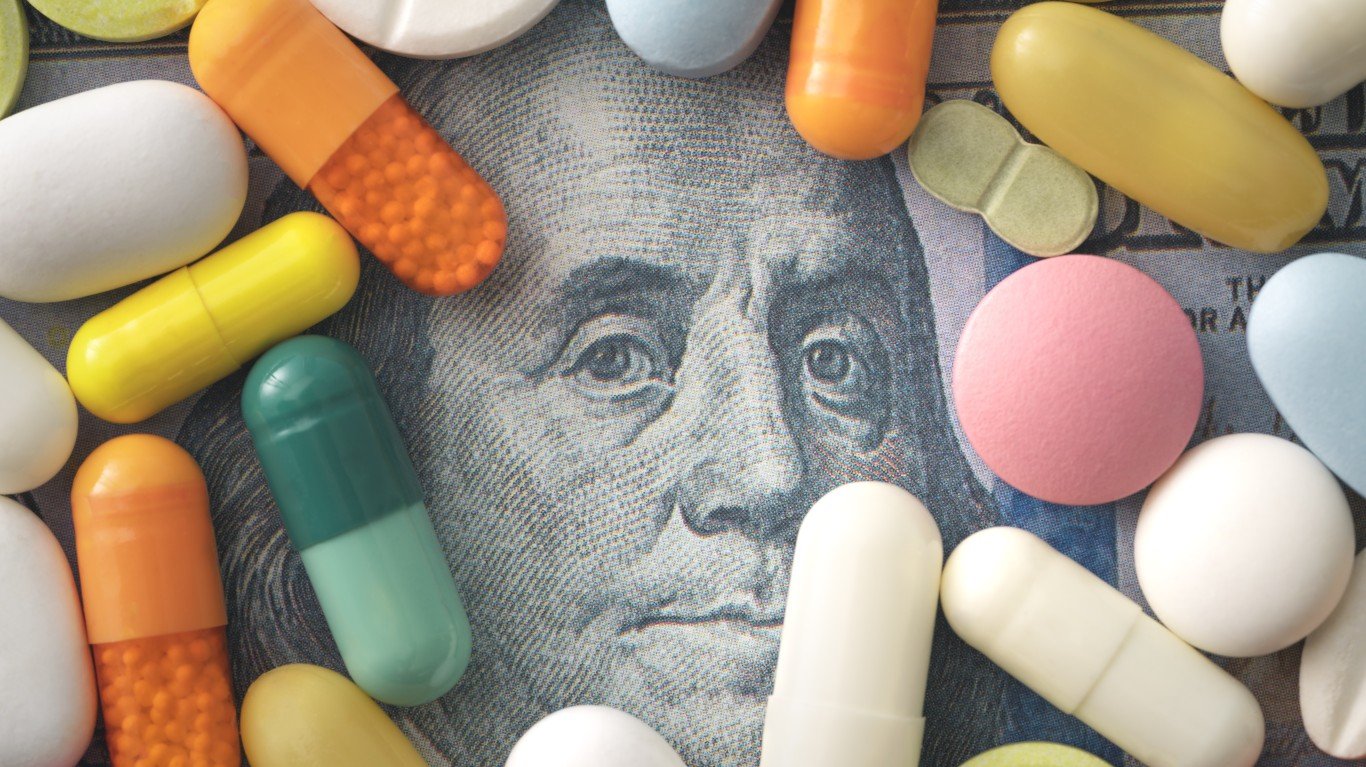by H.S. Ayoub
BioHealth Investor.com
In an earlier article, I reviewed Pisano’s book Science Business: the Promise, the Reality, and the Future of Biotech, in which the Harvard business professor provides compelling evidence showcasing the ineptitude of the biotech industry over the last three decades.
But a recent report by the Government Accountability Office (GAO) paints a different picture all together. In the report, for which data was collected from the Pharmaceutical Research and Manufacturers of America, the GAO found that the pharmaceutical industry was in fact losing to the biotech industry in the number of new molecular entities (NMEs) approved by the FDA over the last few years.
2003 was the first time that biotechs had a higher number of NMEs approved, and the gap has widened since then. Pharma companies had 16 approvals that year, compared to biotechs’ 18.
According to the report, only one third of pharma’s approvals were new entities, the rest were variations of existing drugs. In fact, the top 100 drugs since 1980 treated only 50 conditions. Big pharmas are thought to have a ‘blockbuster mentality’, a term suggested by many critics as the reason for the industry’s short fall over the last few years.
Big pharmas continue to concentrate on a very small number of target conditions that bring in billions of dollars in revenue. This tactic however has backfired. There are a multitude of other disease conditions being studied by many little biotechs. While singularly unattractive financially, taken all together drugs aimed at those ailments can bring a hefty return on investment capital to the biotech industry as a whole. The big pharmas realize the missed opportunities; hence, the sudden jump in acquisitions of smaller companies over the last couple of years.
One major finding of the GAO report however had nothing to do with competition from the biotech industry. From 1993 to 2004, the report found that while R&D spending by the pharmaceutical industry increased by 147%, drug approvals only increased by 38%.
This finding might not have much to do with the industry’s shortcomings as much as it is the rising cost of medical research, and it will not get cheaper. As the science head at Eli Lilly (LLY) predicts; a new drug could cost as much as $2 billion to develop by the year 2010. This price tag does not guarantee a drug’s approval, as Pfizer (PFE) learned the hard way back in December. The company cancelled its next blockbuster drug torcetrapid after spending $1 billion on the program.
Pharmas also continue to research new drugs the old fashioned way, through a hit-and-miss tactic. Pharmas will have to initiate the utilization of novel techniques, including the use of DNA based research.
But the coming few years might turn things around for the industry, as a changing political environment could provide positive regulatory changes. Under a democratic majority the FDA could prove less restrictive. Pharmas could also be provided with 10 years of market exclusivity. Currently, companies are awarded 20 year patent protection, of which as many as 12 years are dedicated to research and development.
While debates rage on as to which industry is winning, pharmas will continue to gobble up smaller biotechs. It would not be too surprising to see the merging of the two industries over the next couple of decades, eventually forming the singular Biopharma Indsutry.
http://www.biohealthinvestor.com/
Smart Investors Are Quietly Loading Up on These “Dividend Legends”
If you want your portfolio to pay you cash like clockwork, it’s time to stop blindly following conventional wisdom like relying on Dividend Aristocrats. There’s a better option, and we want to show you. We’re offering a brand-new report on 2 stocks we believe offer the rare combination of a high dividend yield and significant stock appreciation upside. If you’re tired of feeling one step behind in this market, this free report is a must-read for you.
Click here to download your FREE copy of “2 Dividend Legends to Hold Forever” and start improving your portfolio today.
Thank you for reading! Have some feedback for us?
Contact the 24/7 Wall St. editorial team.



